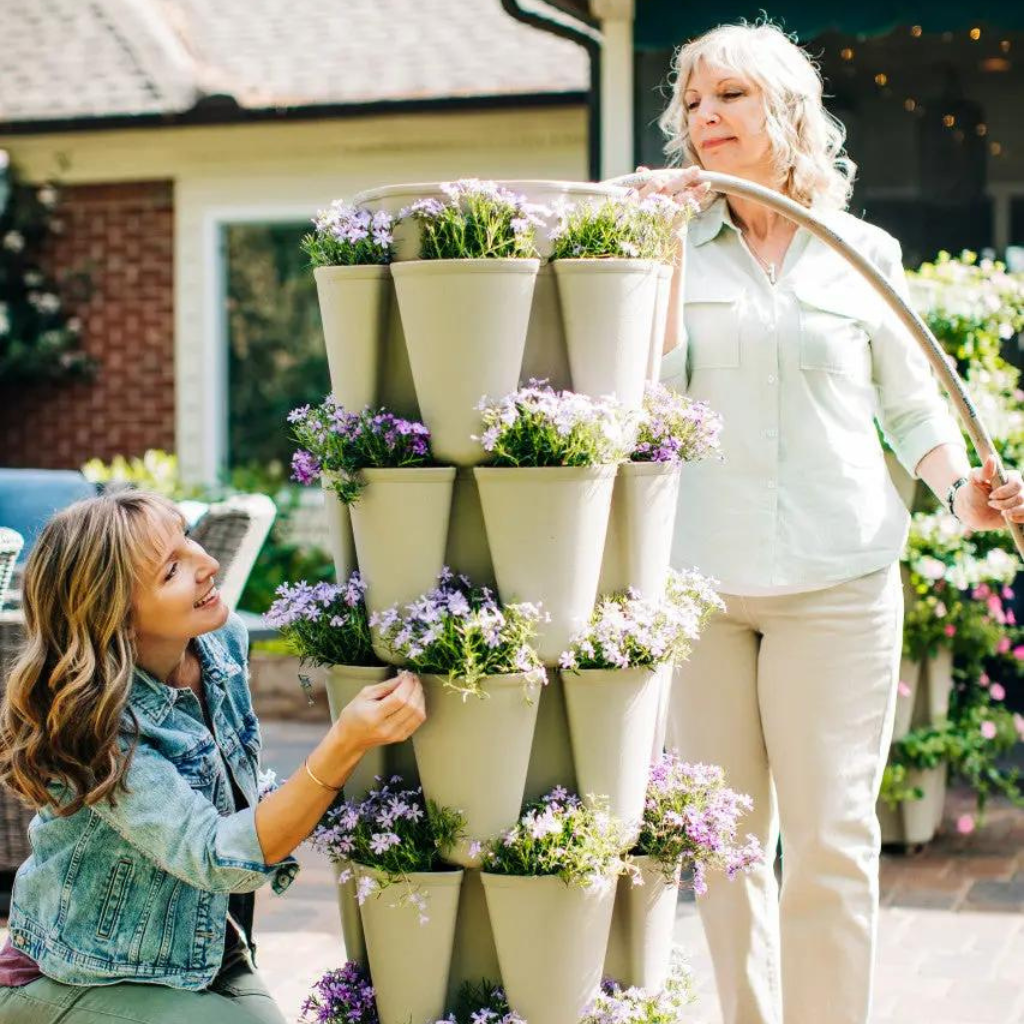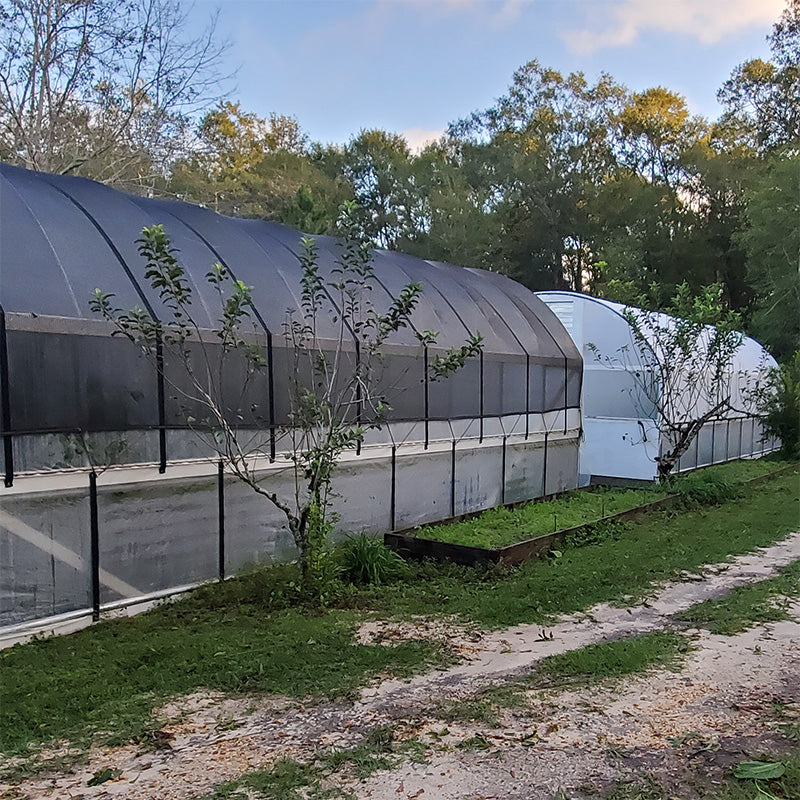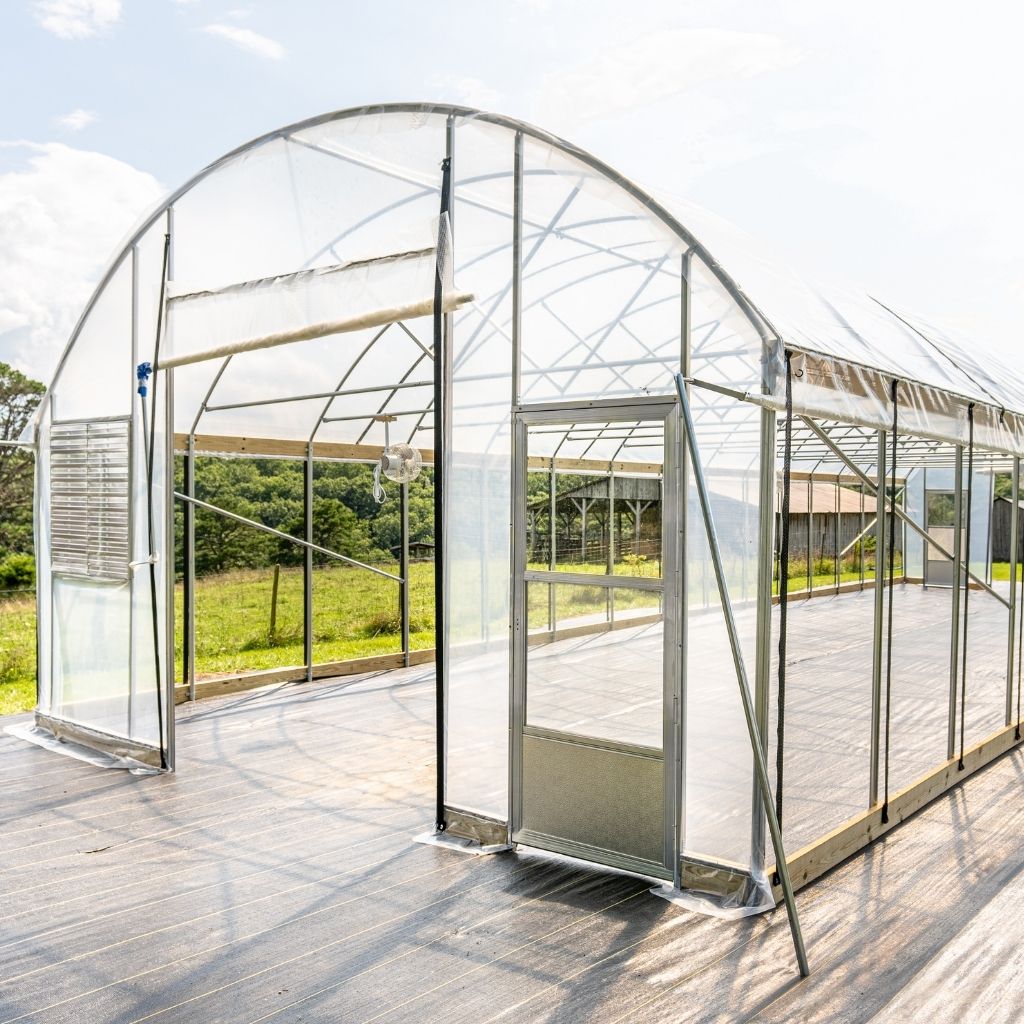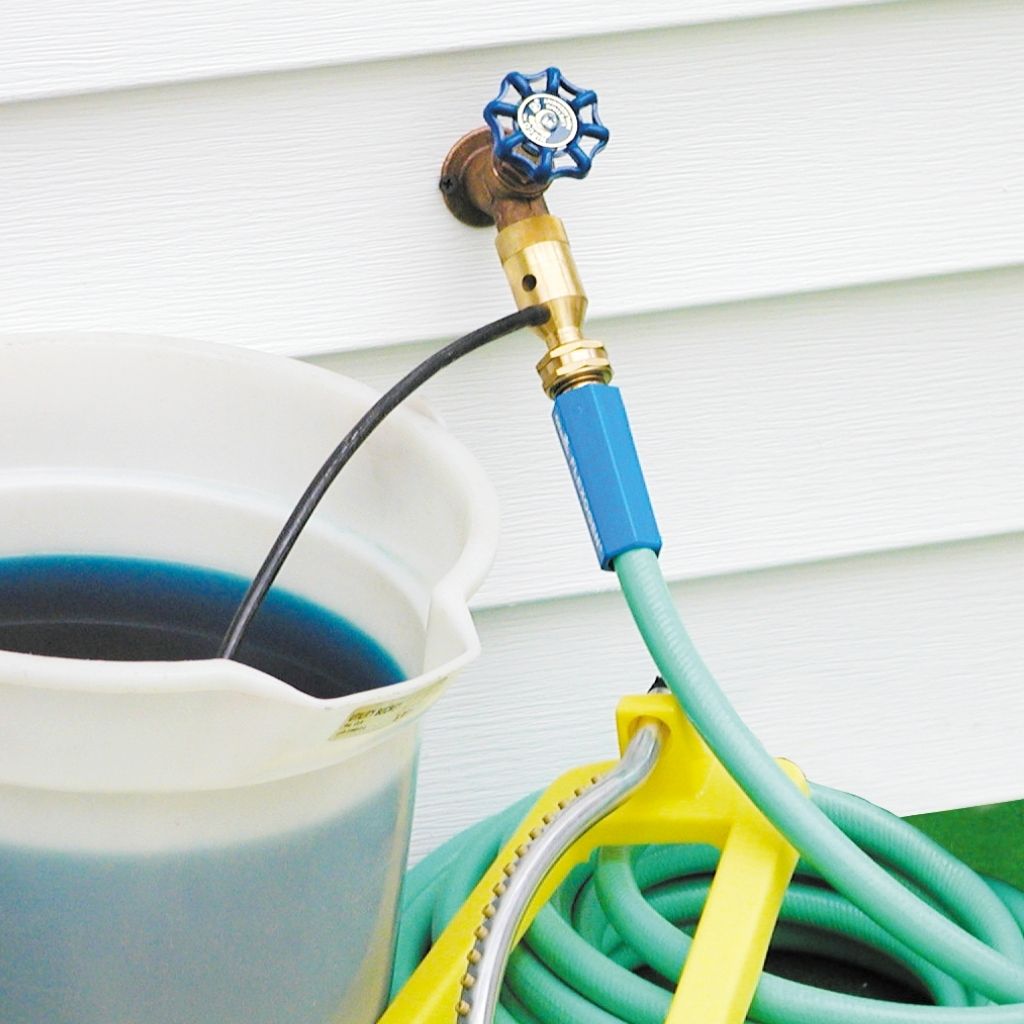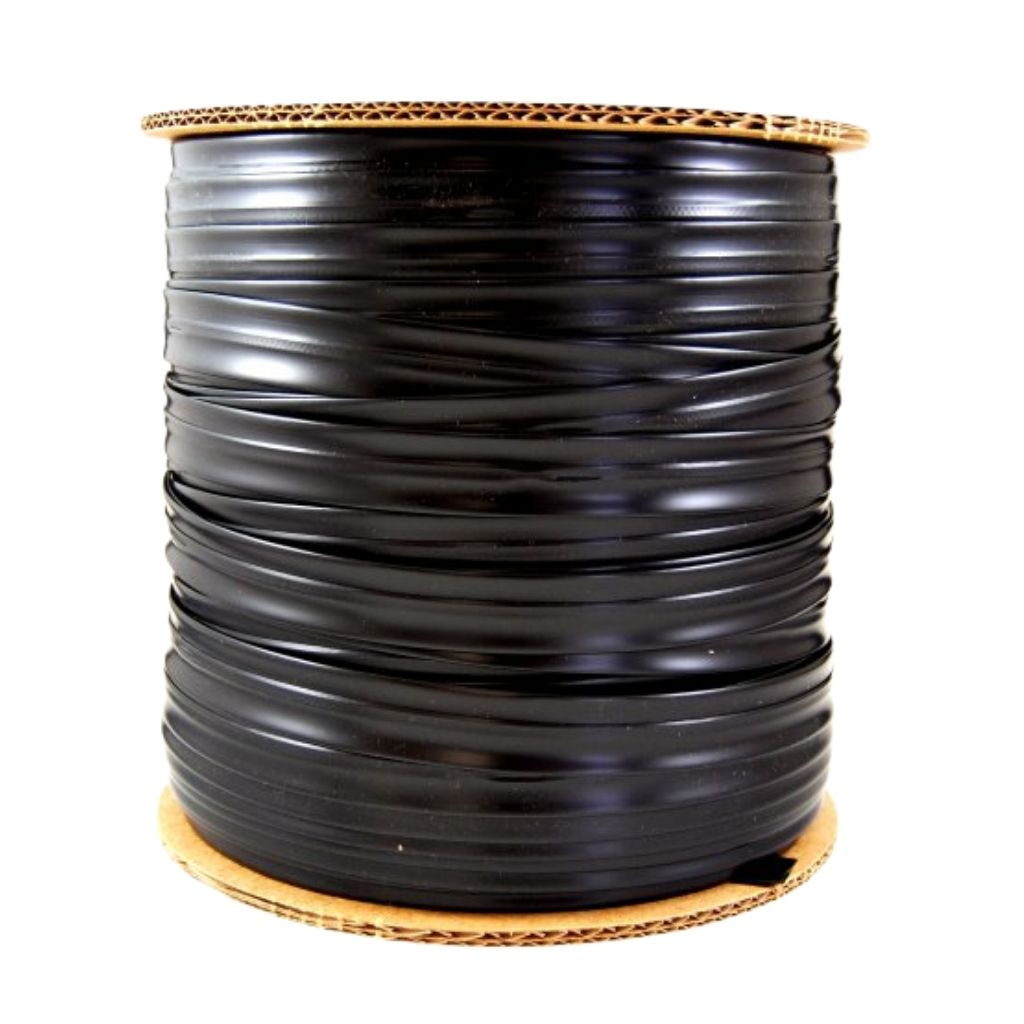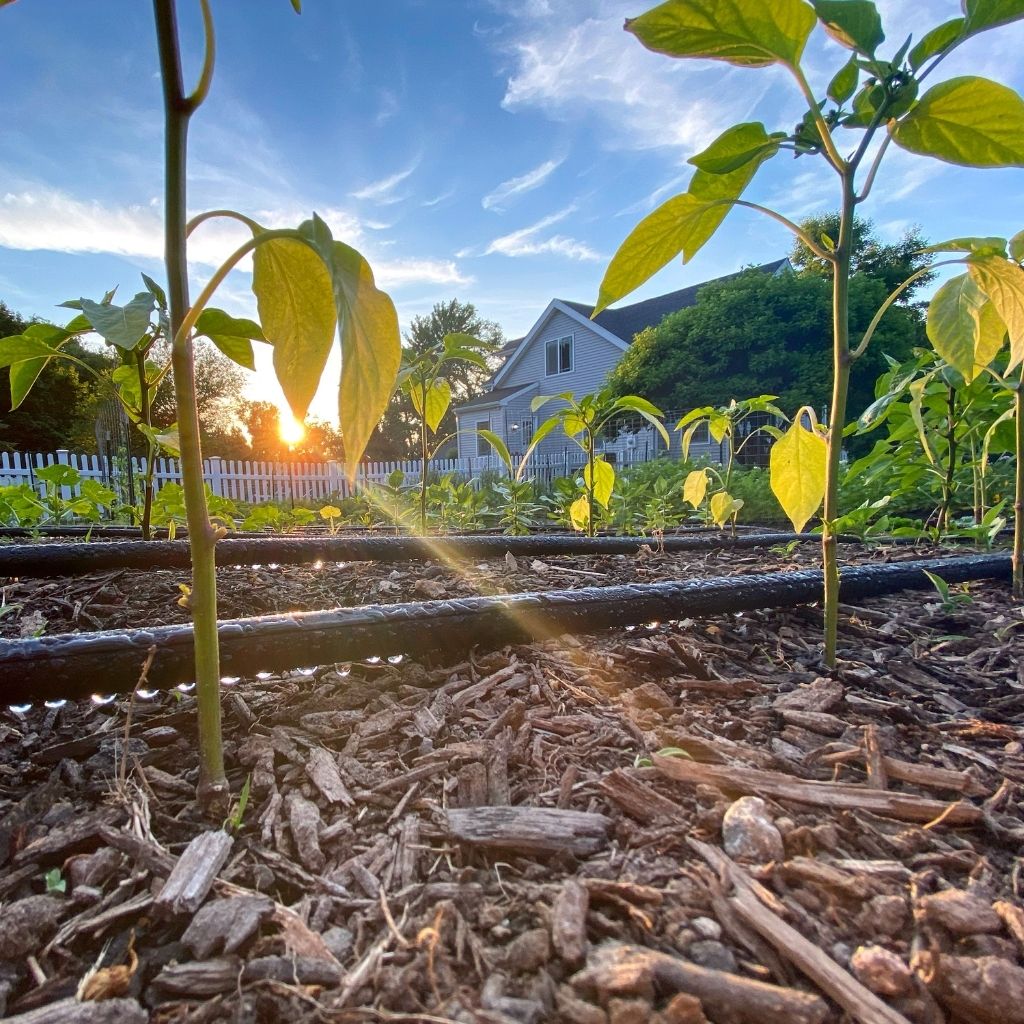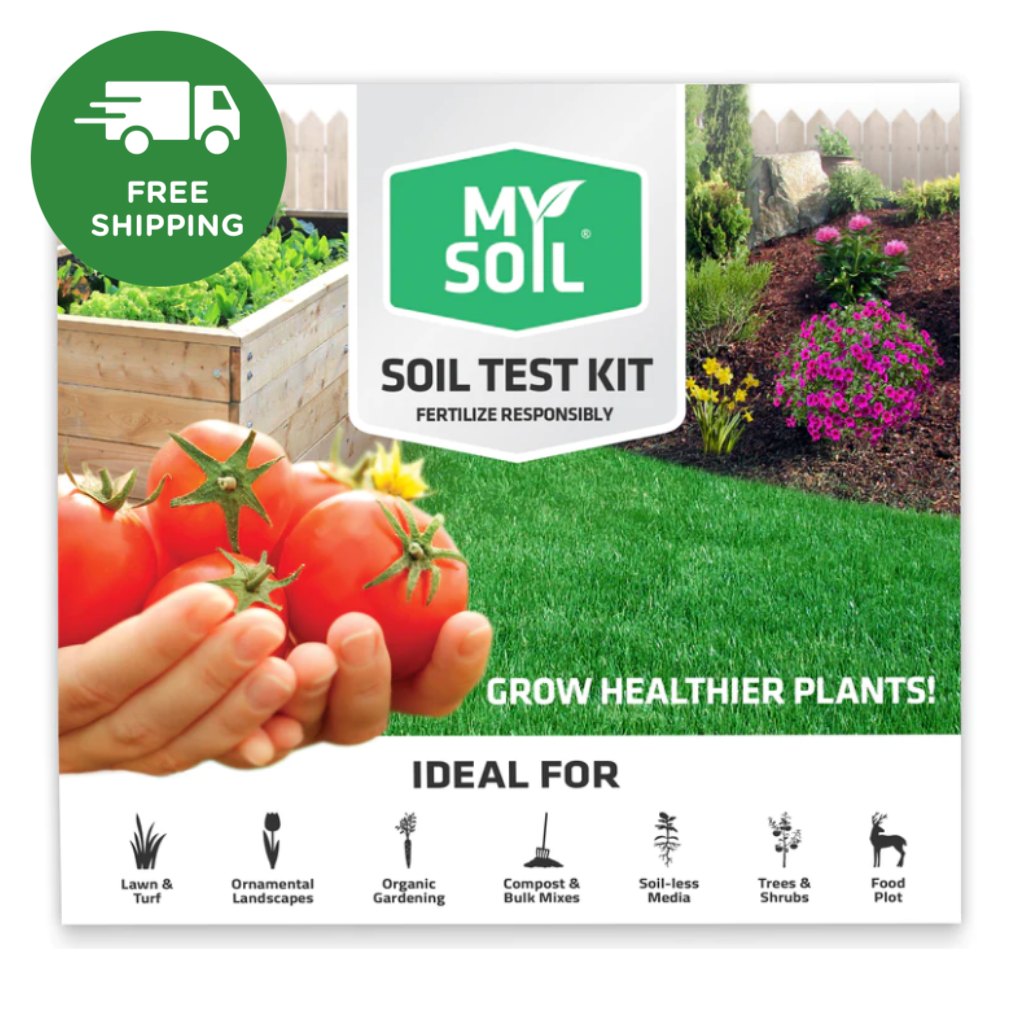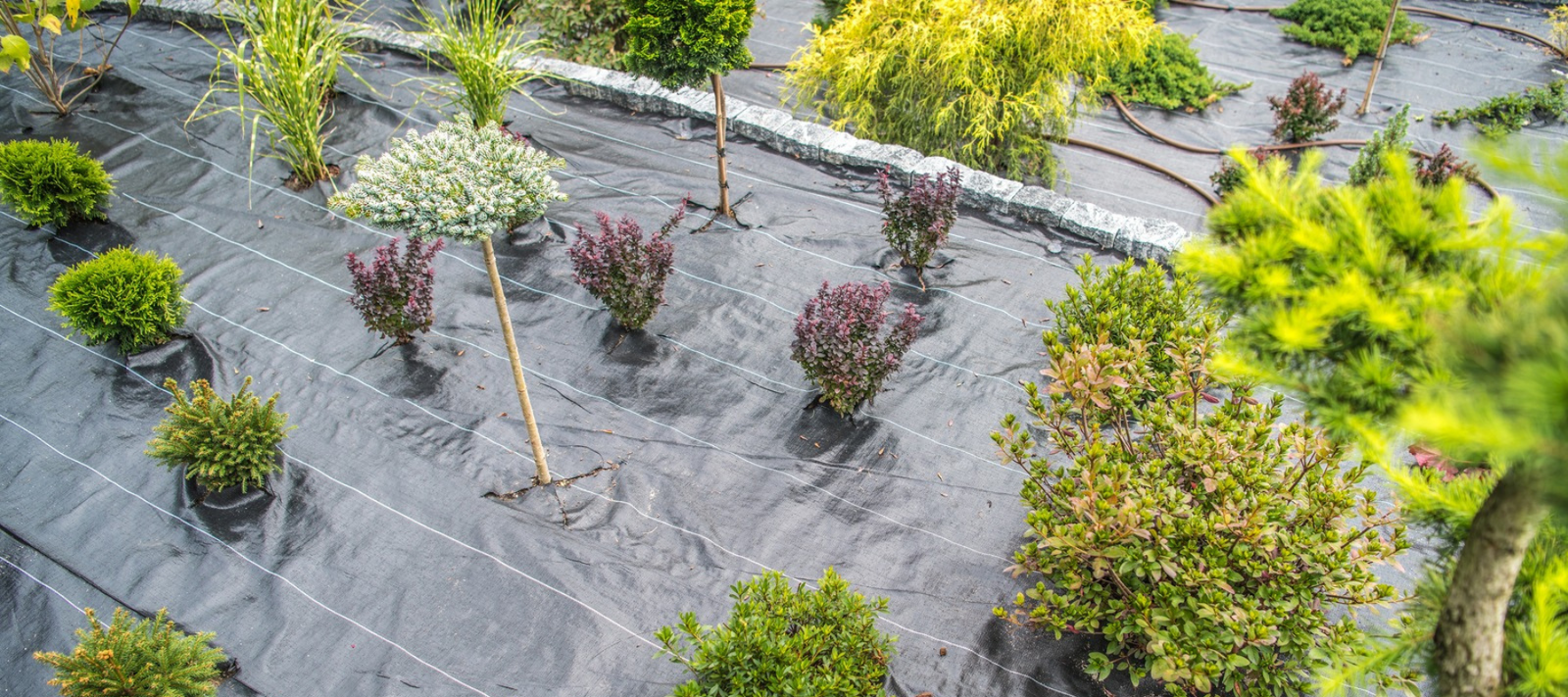Ground cover plays a crucial role in gardening and greenhouse management, offering benefits such as weed suppression, moisture retention, and soil erosion prevention. Whether you're tending to a backyard garden or managing a commercial greenhouse, properly laying out ground cover is essential for maximizing its effectiveness and ensuring the health of your plants.
Choosing the Right Ground Cover
Before getting into the logistics of laying out ground cover, it's important to choose the right material for your needs. Options range from 2.2 oz/sqyd (Dewitt Ultraweb) and 3.2 oz/sqyd (Polypropylene and Palring). Consider factors such as sun exposure, moisture levels, and longevity due to conditions when making your selection.
Preparing the Area
Once you've chosen your ground cover material, it's time to prepare the area. Clear the area of any debris and ensure the soil surface is as level as possible for uniform coverage.
Spacing Sod Stakes
Securing your ground cover with sod stakes is essential for preventing it from shifting or blowing away. The spacing of sod stakes will depend on the type of ground cover and the wind conditions in your area. As a general rule of thumb, space stakes closer together in windy areas and farther apart in calmer conditions. A spacing of 12-24 inches between stakes is typically sufficient for most applications. We recommend going ahead and laying out your stakes prior to laying the ground cover in windy conditions to ensure the ground cover stays in place while laying it out.
Laying Out the Ground Cover
With your area prepared and stakes laid out, it's time to lay out the ground cover. Aim for even coverage and minimal gaps between your rows of ground cover. Take care to tuck the edges of fabric or mulch securely under the sod stakes to prevent them from lifting.
Maintaining Your Ground Cover
Once your ground cover is in place, it's important to maintain it properly to ensure its longevity and effectiveness. This may include regular watering, weed control, and occasional replenishment or replacement of mulch or fabric as needed. Monitor the condition of your ground cover regularly and make adjustments as necessary to keep your garden or greenhouse thriving. To extend the lifespan of your ground cover you can pull it up after season and store for planting for the following year.
Conclusion
Properly laying out ground cover is a fundamental aspect of gardening and greenhouse management. By choosing the right material, preparing the area, spacing sod stakes correctly, and maintaining your ground cover, you can enjoy the many benefits it provides while promoting the health and vitality of your plants. Ready to get started with your ground cover project? Explore our selection of high-quality ground cover materials at growerssolution.com to make your gardening or greenhouse endeavors a success.




